How To Care For and Style Artificial Plants
How To Care For and Style Artificial Plants
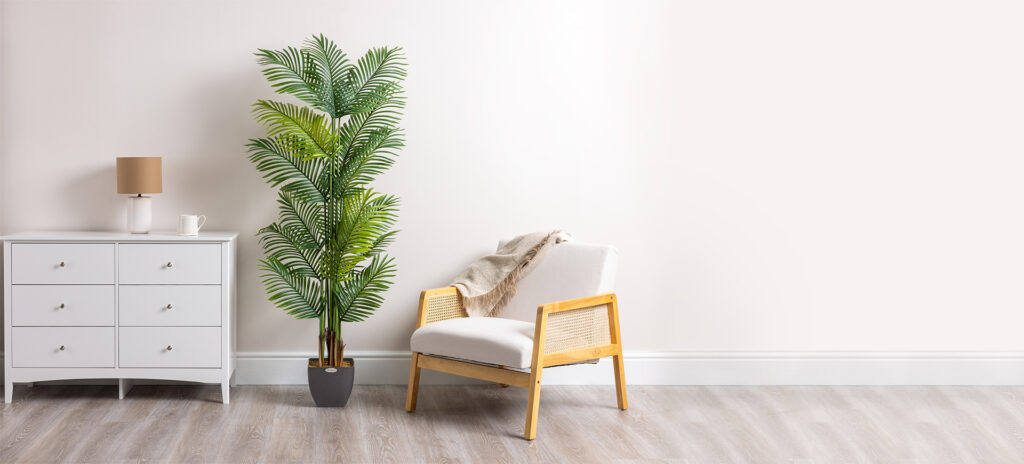
Artificial plants have become increasingly popular in home décor, providing a low-maintenance and aesthetically pleasing alternative to live greenery. Whether you lack a green thumb or simply want to add a touch of nature to your space without the hassle of watering and pruning, artificial plants are a fantastic choice. In this blog, we'll explore how to care for and style artificial plants to keep them looking vibrant and enhance the overall appeal of your home.
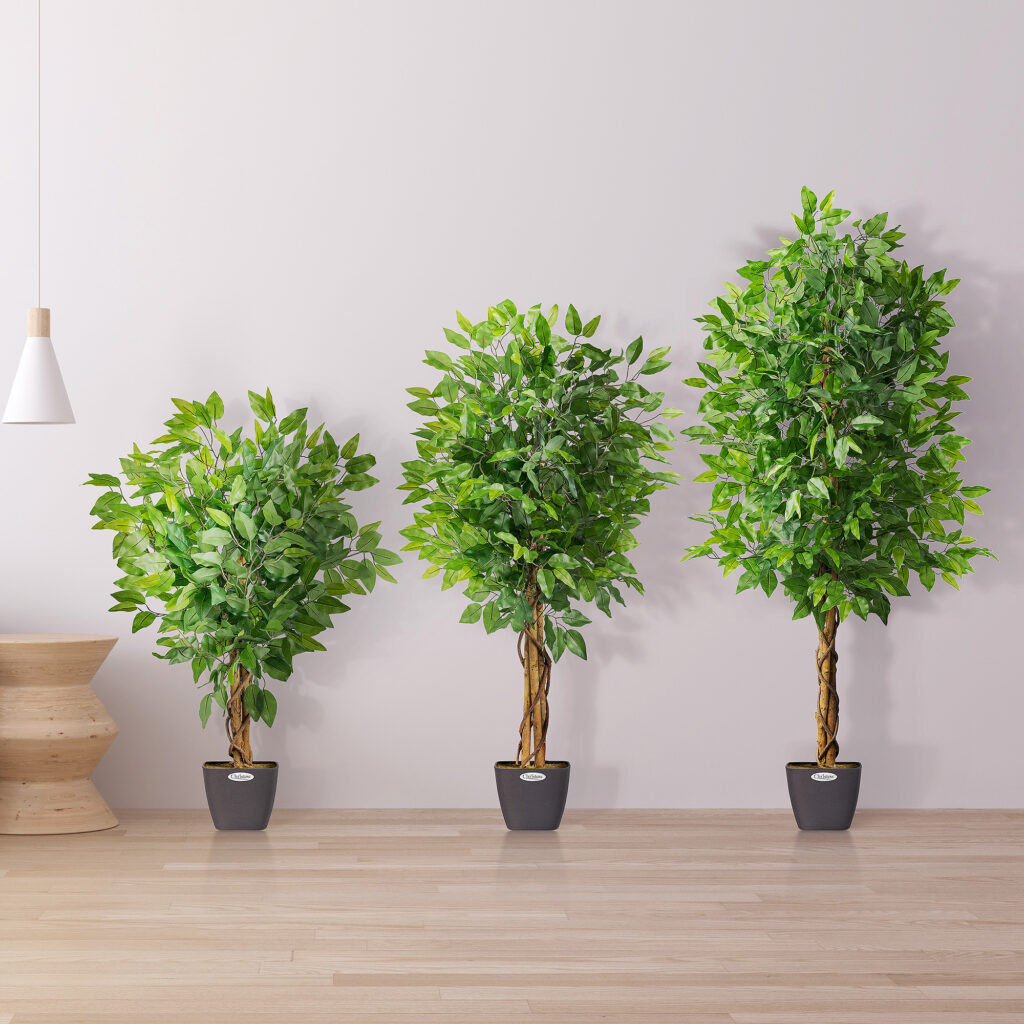
Advantages of Artificial Plants
They're Low Maintenance
Apart from a light clean every so often, artificial plants are extremely low maintenance and don’t require anywhere near the same amount of attention as live plants. They can't be killed like real plants, so they don't need to be watered, fed, or misted.
Also, artificial plants don’t grow, so they're perfect if you have limited space in your home, saving you the time of constantly cutting and pruning them to fit.
The only maintenance fake plants require is a wipe down every now and then, taking up less time in your day.
They Look Like Real Plants
As they've grown in popularity, it's become increasingly hard to tell the difference between artificial plants and real ones. Nowadays, most have leaves and stems that vary in size and colour, giving them an extremely natural look. For example, our Artificial Areca Palm Trees have stems encased in a natural coco liner to capture the dried, husky look of real palm stems.
Whereas living plants require the perfect environment, fake plants allow you to create the aesthetic you want without any limitations. There's also a wider variety of artificial plants to choose from today, making it easier to pick the perfect one for your desired location.
They Can Survive in Almost Any Condition
Living plants depend on the right amount of humidity and temperature to thrive, but artificial plants don't require any special conditions to look good. However, it's worth noting that some artificial plants are prone to fading if left outside or in direct sunlight.
They're Non-Toxic & Mess Free
Some living plants are toxic if ingested which is something to consider if you have pets or young children. However, fake trees are great for eliminating that risk and avoiding a costly vet bill or trip to the doctors. Also, they're not potted with soil and don't drop their leaves, so there's no need to worry about making a mess if you accidentally knock them over.
Real plants can also trigger allergies, such as itching, sneezing, and even hives for some people! You can't pre-empt who will walk into your home or office. So, we always suggest staying on the safer side and choosing an artificial plant.
They're Always In Season
Because artificial trees don’t react to temperature and light changes, they don’t experience seasonal changes like living plants do. So, you can trust in an artificial plant to look great all year around!
As they aren’t at the mercy of seasonality, they can call pretty much anywhere their home. For example, bathrooms, basement rooms, dark offices, and offices with no natural light source. As a result, they have the power to brighten any room, even those with no natural light.
They're Cost-Effective
Yes, real plants are affordable upfront, but they require ongoing care and maintenance, which can be time consuming and costly. For example, if you have someone looking after them while you're away, you may have to pay for these services. Real plants can also grow too big for their pots, which can often end up being costly. These are issues that don’t exist with artificial plants. Simply place them in your desired location and you're good to go.
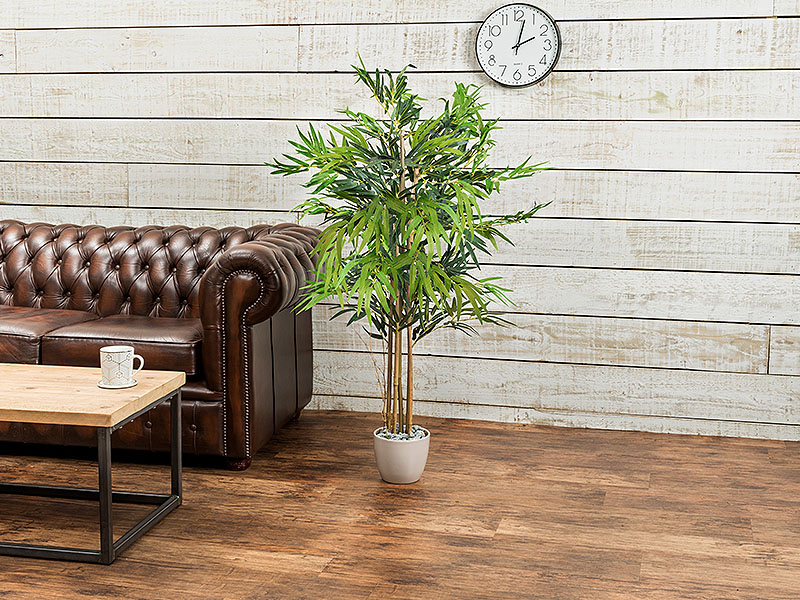
Caring for Artificial Plants:
Dusting & Cleaning:
Like all objects, artificial plants accumulate dust over time. But by regularly dusting them with a soft cloth or feather duster, you'll ensure they always look lovely and fresh. You can also give them a more thorough clean by carefully wiping down each leaf with a mixture of mild soap and water.
Avoid Sun Exposure:
Unlike living plants, which thrive on sunlight, artificial plants can fade when exposed to direct sunlight for extended periods. In order to preserve their colour and vibrancy, always place your artificial plants in areas with indirect or filtered sunlight.
Temperature & Humidity:
Artificial plants are generally tolerant of various temperatures and humidity levels. However, extreme conditions may affect their appearance over time. To avoid damage, keep them away from heaters, radiators, or air conditioning vents.
Storage:
If you decide to change your décor and temporarily store your plants away, always store them in a cool, dry place. Avoid crushing or bending the leaves during storage to maintain their original shape.
How to Clean Your Artificial Plants
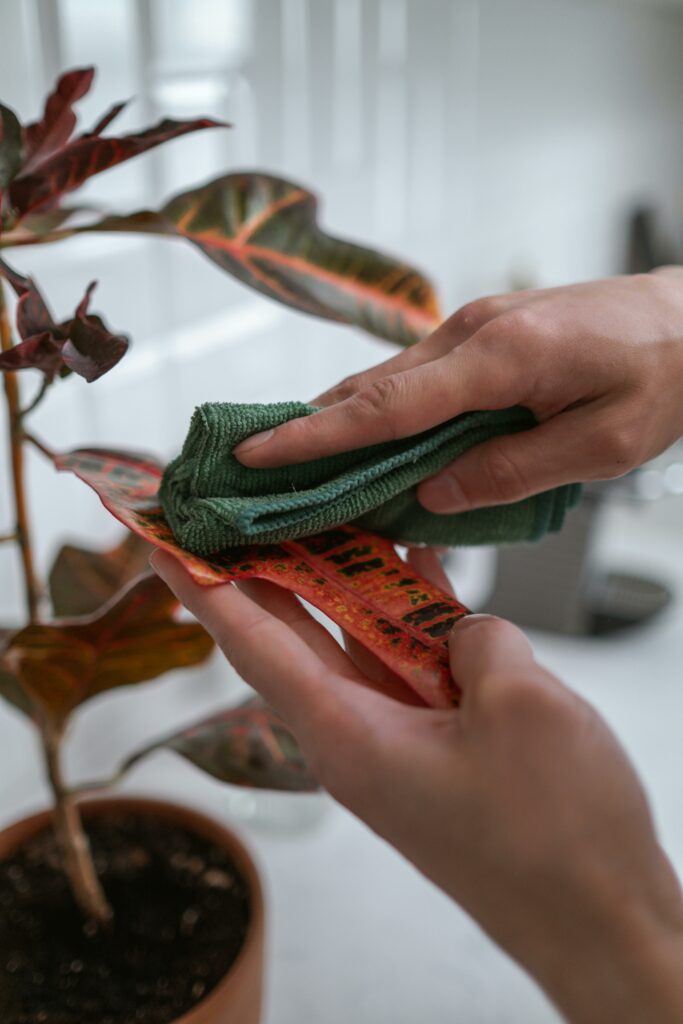
Cleaning artificial plants is a simple task that can help to maintain their appearance and keep your space looking fresh. Here's a step-by-step guide on how to clean them:
Materials Needed:
Soft Cloth or Feather Duster
For everyday cleaning, use a soft cloth or feather duster to gently remove dust from the leaves and stems.
Water and Mild Soap Solution
For a more thorough cleaning, prepare a mixture of lukewarm water and mild soap (such as dish soap).
Spray Bottle
For best results, use a spray bottle to evenly apply the water and soap solution.
Towel or Absorbent Cloth
Finally, always have a towel or absorbent cloth on hand to dry the artificial plant after cleaning.
How to Style Your Artificial Plants
Choose Appropriate Containers:
Select containers that complement your artificial plants and match your overall décor style. Consider using decorative pots or baskets to add a touch of personality to your arrangement.
Create Realistic Arrangements:
Mimic the natural growth patterns of live plants when arranging your artificial ones. Vary the height and density of the foliage to create a more authentic look. Mixing different types of artificial plants can also add depth and visual interest.
Layering and Grouping:
To create a visually appealing display, layer your plants by placing taller ones at the back and shorter ones at the front. You can also group plants with similar colours and textures to create cohesive arrangements.
Mix with Live Plants:
Combine artificial plants with live ones to achieve a balanced and dynamic look. This can be especially useful if you have a specific plant you struggle to keep alive – the artificial version can seamlessly fill the gap.
Rotate and Rearrange:
Change the position and arrangement of your artificial plants periodically to prevent uneven wear and tear. This will also refresh the overall look of your space.
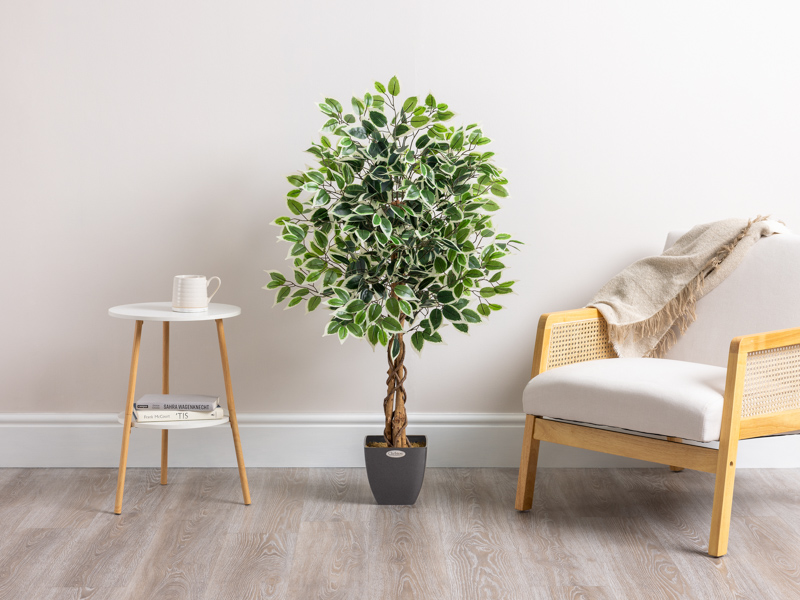
Conclusion
In conclusion, artificial plants are a convenient and attractive way to add greenery to your home without the maintenance challenges associated with live plants. By following our care and styling tips, you can keep your artificial plants looking vibrant and enhance the aesthetic of your living space. Experiment with different arrangements and containers to find the perfect combination that suits your style and complements your home décor.
